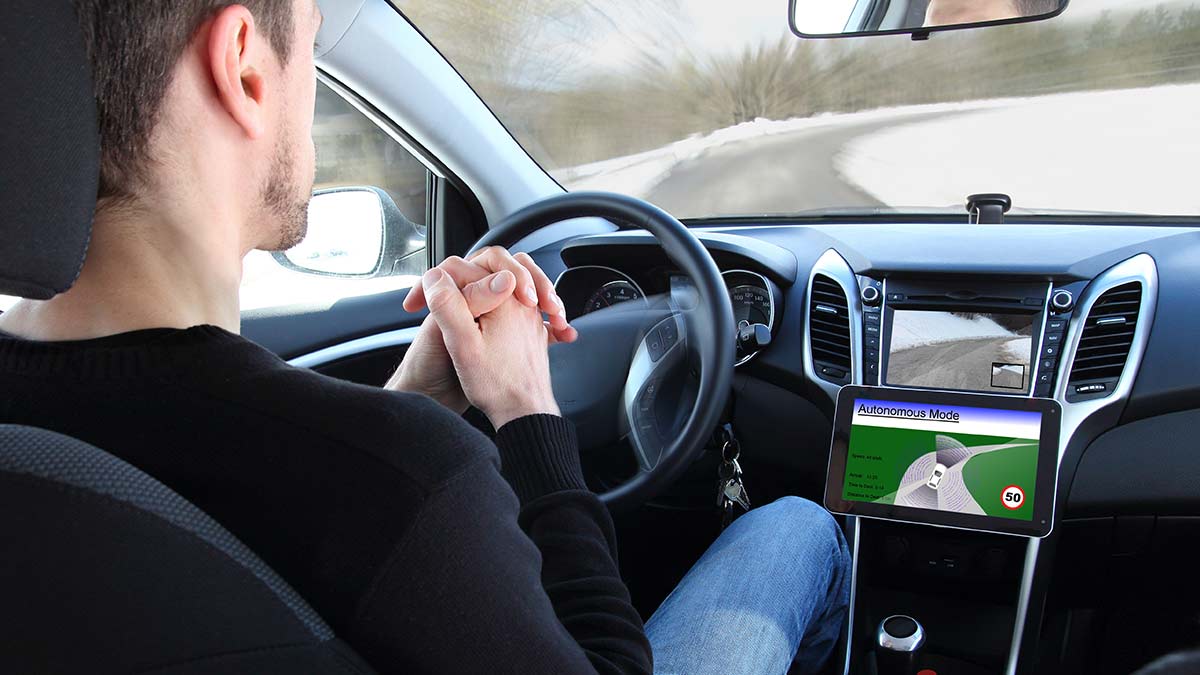
Will Obama’s Self-Driving Car Regulations Go Too Far?
Politicians are master double-talkers. They praise something with one breath while condemning it with the next, so the disconnect can sometimes be dizzying. For example, Hillary Clinton constantly talks about how much she loves school choice, while systematically opposing it in her policy proposals. Along similar lines is President Obama’s recent op-ed on self-driving cars.
The commander in chief spends quite a bit of ink enthusiastically praising the new technology, innovation, and the private sector for their capacity to make our lives better. It’s the kind of gushing approval that you now has to be followed by a “but.” And sure enough, it is.
Obama wants to be clear that while he approves of the idea of self-driving cars in theory, in practice he’s going to demand absolute safety from them before allowing them on the road. He writes,
That’s why my administration is rolling out new rules of the road for automated vehicles — guidance that the manufacturers developing self-driving cars should follow to keep us safe. And we’re asking them to sign a 15-point safety checklist showing not just the government, but every interested American, how they’re doing it.
We don’t know the contents of that 15-point checklist yet, but it is safe to assume that the Department of Transportation is going to keep automakers on an extremely tight leash when it comes to ensuring that this new technology is safe. This, in spite of the fact that licensing drivers has always been the province of the states — not the federal government. While this might be perfectly reasonable if human drivers were anything close to safe, it turns out they’re not.
As Obama himself admits, tens of thousands of Americans die every year from car accidents (more than from firearms, by the way). And while the president has spent a huge amount of energy complaining about gun ownership, he rarely mentions automobile accidents as a national epidemic. If self-driving cars are even marginally safer than human-operated ones, they should be allowed to proceed immediately, as every car they replace will result in a net increase in safety.
There’s every reason to expect that self-driving cars will be, not just a little, but much safer than conventional ones. Apart from eliminating human error — that can come from texting while driving, consuming drugs and alcohol, or dealing with rain, darkness, and fatigue — the makers of driverless cars know that they have a tough sell to consumers. Like the president, many Americans are highly skeptical of giving control over to a machine. Retailers will have a high bar to clear to convince customers to accept their products as safe, and any accident is likely to make national news in a way that never happens for human-caused crashes. Regulations or not, manufacturers will be extremely vigilant about safety, knowing that the slightest mistake can set their profits back years.
As Americans have gotten more comfortable, we’ve gotten this strange idea that every new product needs to be 100 percent safe. Nothing has ever been 100 percent safe, and if we had held to that standard during the Industrial Revolution, we’d still be using horses, and the mass production that made the modern world possible would be illegal. You have to let these technologies get past their initial stumbles so that they can improve through experience.
The fact of the matter is that risk is something we all have to deal with, and consumers signal through their purchasing decisions the amount of risk they are willing to tolerate. We can always make ourselves safer by spending more money, but at a certain point, the trade-off is not worth it. Where exactly that point lies is going to be different for every individual, and so it makes little sense to impose a uniform standard through government. If self-driving cars are too risky for most people, they will fail in the market. No regulations needed.
It remains to be seen how stringent these regulations will end up being, but my fear is that driverless cars will be held to an impossible standard that human-operated cars could never meet. Logic dictates that government should not stand in the way of what is almost certain to be an improvement in road safety, especially in the long run.
This article originally appeared on Conservative Review.
Free the People publishes opinion-based articles from contributing writers. The opinions and ideas expressed do not always reflect the opinions and ideas that Free the People endorses. We believe in free speech, and in providing a platform for open dialogue. Feel free to leave a comment.



